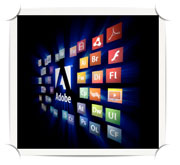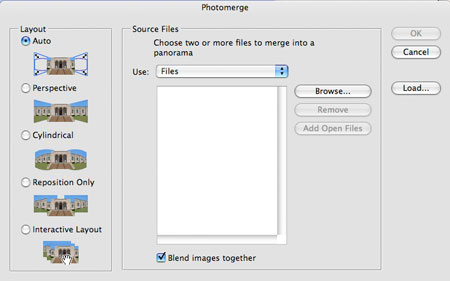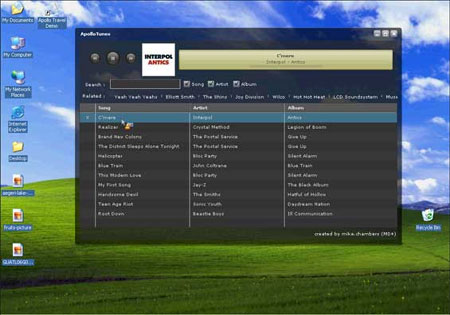The September 15th edition of the AECBytes email newsletter it featured a very good article from Patrick Aragon from Adobe. Entitled
Reinventing Collaboration across Internal and External Project Teams, the article focused on findings from collaboration research conducted by Harris Interactive (on behalf of Adobe). The research concentrated on how Architecture, Engineering and Construction (AEC) professionals collaborate digitally. The research was undertaken using an online survey undertaken during April of 2006.
From the perspective of my own research the most significant finding from the article is that 72% of respondents collaborated outside their office location. This is a clear indication that the concept of a consolidated ‘office space’ where all design/construction activity takes place is eroding (or perhaps never existed). As a consequence the value of centralised, firewalled project databases or physical documentation repositories is brought into question because if project information cannot be accessed when and where it is needed what immediate value does it hold to the process? Of course these repositories are required for long-term reference and legal purposes but in the interests of moving a project forward it would appear participants are limited to the project knowledge they can personally recollect or store in a mobile device (be it laptop, phone or briefcase).
The other interesting finding was the collaboration file format breakdown as it illustrated the overwhelming majority of exchanged data is by and large straightforward text, numeric and image data stored in Word, Excel and jpeg formats respectively. The other very significant format used by participants is PDF which typically contains textual data but is capable of transferring any printable information (from pixel-based image to vector-based plan) making it difficult to classify. What all these formats have in common is that they are not semantically rich or typically considered part of a greater
Building Information Model. In fact from the study it would appear that only approximately 21% of participants use some form of 3-dimensional computer model as a means of collaboration whilst 2-dimensional CAD representation is slightly higher at approximately 38%. These findings highlight the following issues of relevance to my thesis:
1. Given the emergence of Writable-Web tools like blogging, image sharing and the so-called Google Office (and equivalents) what is the future for the bulk of AEC collaboration?
2. Considering the majority of AEC collaboration takes place in formats not suited for integration with the Building Information Model does this validate the need for a looser, broader concept for dealing with design project information in an intelligent manner?
The future role of the Writeable-Web in AEC collaboration
The underlying motivation behind adoption of blogging and online photo-sharing is that these tools make very simple the publishing, consumption and feedback processes. Prior to these tools sharing information over the Internet took place primarily via email. Whilst email has the capability to ‘just work’ it is not as useful for sharing complex or time-sensitive data and requires recipients to be explicitly stated when the message is created. Consequently these issues add collaboration barriers and potentially limit the target audience.





